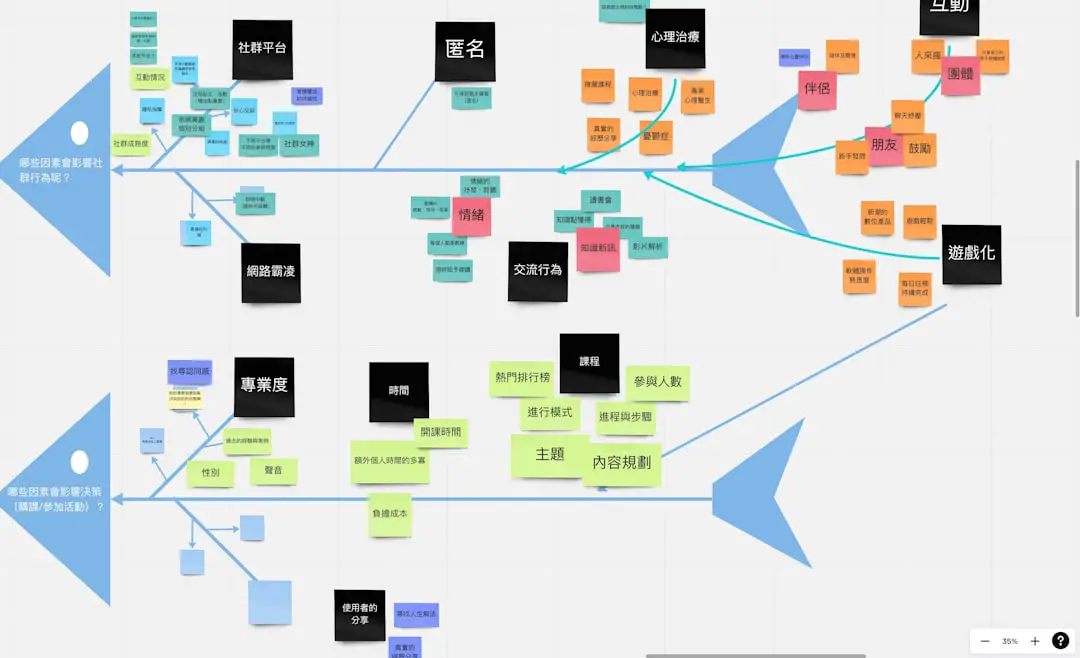Ever wondered how some websites seem to magically appear at the top of Google? They seem to know exactly what to say, how to say it, and when. It’s not just luck. It’s something more powerful—topical authority.
Ben Stace, a smart SEO pro, has been making waves by teaching people how to build topical authority using a strategy called Semantic SEO. It sounds geeky, but don’t worry. We’ll break it down so your grandma could understand it (and maybe even use it).
What Is Topical Authority?
Imagine your website is like a bakery. If you sell all kinds of goods—bread, cookies, cakes—but you only talk about cookies, people might assume that’s all you really know. But if you write articles about the different types of flour, baking times, cookie decorations, and how to make healthy cookies, something cool happens.
Google says, “Hey! This bakery really knows its cookies!”
That’s topical authority. It means your site is the go-to place for a particular topic. Not just one keyword, but the whole subject.
What Is Semantic SEO?
Now let’s bring in Semantic SEO. It’s like taking the bakery sign down and putting up a whole storyboard that shows people what you’re all about—who you serve, what you offer, and why you exist.
To get technical just for a moment—it’s all about focusing on meaning instead of just keywords.
Let’s say someone searches, “How to make cookies without eggs.”
Old-school SEO might focus only on “cookies” and “eggs.” But semantic SEO digs deeper. It connects that to things like “egg substitutes,” “vegan baking,” or “cookie texture without eggs.”
This way, your content matches not just the words people use, but the meaning behind them.

Ben Stace’s Magic Method
Now here’s where Ben Stace steps in. He’s known for making Semantic SEO simple. Ben says the key is to create something called a content cluster.
Content Clusters 101
Think of a content cluster like a family of blogs around one topic. Here’s how it’s built:
- Pillar content: The big boss article. It covers the main topic.
- Cluster content: Smaller articles that go deep into sub-topics.
- Internal links: These connect the articles together.
So if your pillar post is “The Ultimate Cookie Baking Guide,” then your cluster content could include:
- “Best Flour Types for Cookies”
- “Common Cookie Mistakes and Fixes”
- “How to Make Gluten-Free Cookies”
Ben recommends linking all the cluster posts back to the pillar. And also linking between the clusters when it makes sense.
This shows Google that your content isn’t just fluff. It’s structured, organized, and full of juicy insights.
Topic Mapping Like a Pro
Ben loves a tool called a topic map. No need to buy anything fancy. You can create a simple map on a whiteboard or a spreadsheet.
He suggests starting with your main topic and brainstorming everything someone might want to know about it. Ask questions like:
- What problems do people have?
- What are the top searches?
- What angles haven’t been covered yet?
Let’s say you run a site about indoor plants.
Your topic map could include:
- Best plants for beginners
- Low light vs high light plants
- Watering schedules and hacks
- Signs your plant is sick
Each of these becomes its own blog post. Link them together, and boom—you’re the plant guru Google loves.

Why Google Loves This
Google wants to give people the best answer possible. If your site answers every angle of a topic, it becomes the trusted source.
Ben says, “Don’t chase keywords. Follow the user’s curiosity.”
That changes everything. Instead of finding 100 different keywords and cramming them into one post, you spread them out over connected content. Each blog post goes deep into one idea—and fully satisfies the searcher’s need.
Tools Ben Recommends
Ben doesn’t rely on luck. He uses tools that help him find gaps and build better connections:
- Google Search Console – to see what’s already working
- AlsoAsked – to find real user questions
- Surfer SEO – to make sure a post covers the right subtopics
- Ahrefs – to check what competitors missed
But he also says you don’t need fancy tools to start. “Just listen to what people are searching for. Be helpful. That’s the key.”
Measuring Your Authority
So how do you know it’s working? Ben suggests looking for a few signs:
- You start ranking for related searches
- Your bounce rate goes down—people stick around
- Other websites start linking to you
- Your ‘impressions’ in Google Search climb like monkey bars
Ben’s Final Tips
Let’s wrap it up with Ben’s checklist for building topical authority:
- Pick one focus topic—Don’t try to be everything to everyone.
- Build a content cluster—Start with 5–10 related articles.
- Use internal links—Connect your ideas together.
- Stay helpful—Focus on what the reader actually needs.
- Keep it updated—Old content should still shine bright.

Conclusion
Building topical authority doesn’t have to be complicated or boring. In fact, Ben Stace makes it feel like play. Like puzzle pieces falling into place. With a little planning, some creativity, and a user-first mindset, your website can climb the ranks and become the go-to spot in your niche.
So whether you’re writing about cookies or cactuses, use the power of Semantic SEO. Start thinking in topics—not just words. Create clusters that connect. And soon, you’ll have Google’s full attention.
Now go build your topic kingdom—one helpful article at a time.

